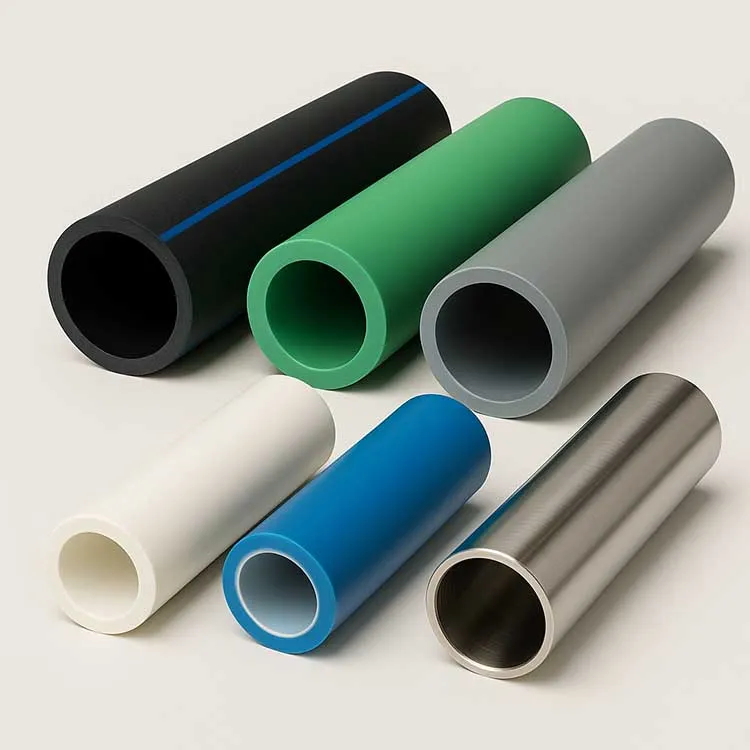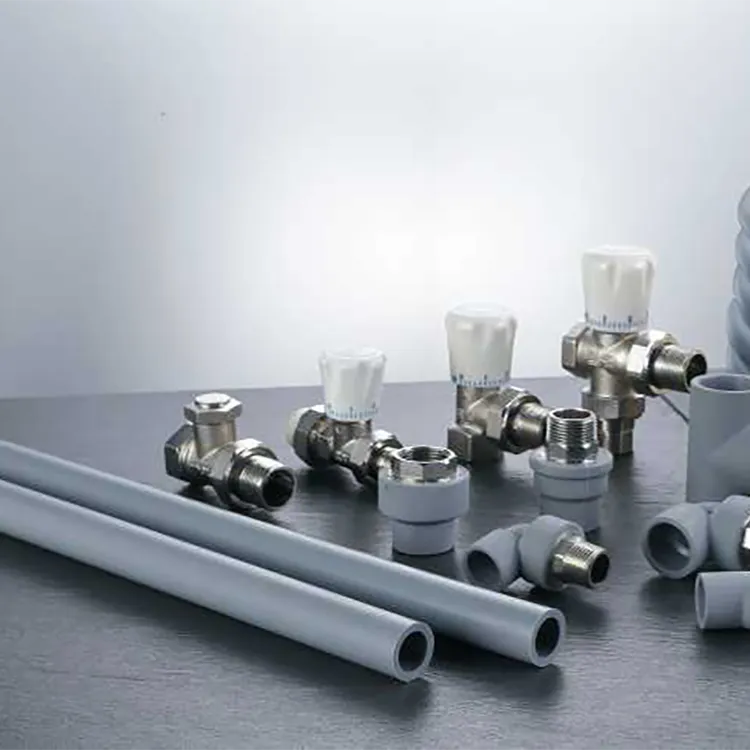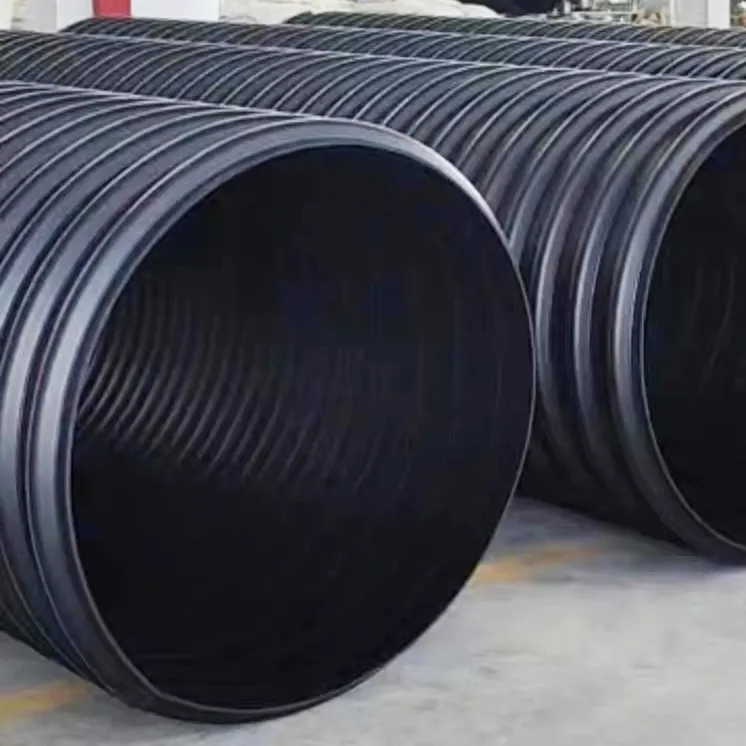Features of SMC septic tank
SMC septic tanks offer a range of features that make them a preferred choice for wastewater management. Here are some of the key features of SMC septic tanks:
1. Durable Construction
SMC septic tanks are made from high-quality composite materials, resulting in a sturdy and long-lasting structure. They can withstand external pressures, ensuring a reliable and resilient system for wastewater treatment.
2. Leak-Free Design
The seamless manufacturing process eliminates the risk of leaks, preventing groundwater contamination and promoting a hygienic environment.
3. Chemical and Corrosion Resistance
SMC is highly resistant to chemical corrosion, making the septic tanks suitable for handling various substances present in sewage. This resistance ensures the tanks' longevity and performance over time.
4. Lightweight and Easy Installation
SMC septic tanks are significantly lighter than traditional alternatives, making transportation and installation more straightforward and cost-effective. The reduced weight also minimizes the need for heavy machinery during setup.
5. Root and Pest Resistance
Unlike concrete tanks, SMC tanks are less susceptible to root intrusion, reducing the risk of clogs and damage caused by nearby vegetation. Additionally, SMC's smooth surface discourages pests from nesting or causing blockages.
6. Customizable Sizes and Shapes
SMC septic tanks come in a range of sizes and shapes, offering flexibility to match specific site requirements and installation constraints.
7. Low Maintenance
SMC septic tanks require minimal maintenance, with periodic inspections and routine pump-outs ensuring optimal performance and longevity.
8. Eco-Friendly and Recyclable
The use of recyclable components in SMC tanks makes them an environmentally conscious choice, reducing waste and supporting sustainability efforts.
9. Engineered for Engineered Septic Systems
SMC septic tanks are engineered to meet the demands of modern septic systems, making them an ideal choice for residential and commercial applications.
10. Cost-Effective Solution
The durability and long service life of SMC septic tanks offer cost savings over time, as they require less frequent replacements and repairs compared to some traditional septic tank materials.
In conclusion, SMC septic tanks combine durability, efficiency, and eco-friendliness, making them a reliable and practical choice for various engineered septic systems. Their numerous features make them a preferred option for those seeking a sustainable and long-lasting wastewater management solution.
Benefits
The SMC septic tank offers several benefits that make it an advantageous choice for wastewater management.
Here are some of the key benefits of using a 1.5m³ SMC septic tank:
1. Ideal Size for Residential Use
The 1.5m³ capacity is well-suited for residential applications, making it suitable for households with moderate to average wastewater output.
2. Compact Design
The tank's compact size allows for easy installation, even in areas with limited space or challenging access.
3. Durable and Long-Lasting
SMC septic tanks are constructed from high-quality composite materials, providing excellent strength and durability. This ensures a long service life, reducing the need for frequent replacements.
4. Leak-Free Construction
The seamless design of the SMC septic tank eliminates the risk of leaks, preventing groundwater contamination and ensuring a safe and hygienic wastewater treatment process.
5. Chemical and Corrosion Resistance
SMC is highly resistant to chemical corrosion, making the septic tank suitable for handling the various substances present in sewage. This resistance ensures the tank's integrity and performance over time.
6. Root and Pest Resistance
Unlike concrete tanks, SMC tanks are less susceptible to root intrusion, reducing the risk of clogs and damage caused by nearby vegetation. The smooth surface also discourages pests from nesting or causing blockages.
7. Lightweight and Easy Installation
The 1.5m³ SMC septic tank's reduced weight simplifies transportation, handling, and installation, resulting in cost savings during setup.
8. Low Maintenance
SMC septic tanks require minimal maintenance, with periodic inspections and routine pump-outs ensuring optimal performance and longevity.
9. Customizable Design
SMC septic tanks can be manufactured in various shapes and sizes, offering flexibility to match specific site requirements and installation constraints.
10. Eco-Friendly and Recyclable
SMC is a recyclable material, making the 1.5m³ SMC septic tank an environmentally conscious choice that supports sustainability efforts.
11. Cost-Effective Solution
The 1.5m³ SMC septic tank's durability and long service life offer cost savings over time, as it requires less frequent replacements and repairs compared to some traditional septic tank materials.
In conclusion, the SMC septic tank combines durability, efficiency, and eco-friendliness, making it a practical and sustainable choice for residential wastewater management. Its compact size, leak-free design, and long-lasting construction make it an ideal solution for households seeking a reliable and low-maintenance septic system.
Environmental advantages
SMC septic tanks offer several environmental advantages that make them a sustainable choice for wastewater management.
Here are some of the key environmental benefits of using SMC septic tanks:
1. Reduced Groundwater Contamination
The seamless construction of SMC septic tanks eliminates the risk of leaks, preventing untreated sewage from seeping into the surrounding soil and contaminating groundwater. This safeguard protects local water sources and ecosystems, preserving the overall environmental health.
2. Chemical and Corrosion Resistance
SMC is highly resistant to chemical corrosion, ensuring that the tank can withstand the harsh substances present in sewage without deteriorating or releasing harmful pollutants into the environment.
3. Eco-Friendly Material
SMC is a composite material composed of thermosetting resins, chopped fiberglass strands, and mineral fillers. It is a recyclable material, reducing waste and supporting sustainable practices.
4. Lower Carbon Footprint
SMC septic tanks are lightweight compared to traditional concrete tanks. The reduced weight leads to lower transportation-related carbon emissions during shipping, making them an environmentally friendly choice.
5. Root Resistance
SMC septic tanks are less susceptible to root intrusion compared to concrete tanks. This reduces the risk of structural damage caused by nearby vegetation and minimizes disturbances to the natural environment.
6. Long Service Life
SMC septic tanks have a long service life due to their durable construction. Their longevity means fewer replacements over time, resulting in less material waste and a reduced impact on natural resources.
7. Enhanced Soil Protection
By efficiently treating wastewater within the tank and discharging partially treated effluent into the soil for further treatment, SMC septic tanks contribute to preserving soil quality and nutrient cycling.
8. Conservation of Water Resources
Properly functioning SMC septic tanks ensure the responsible disposal of wastewater, reducing the risk of water contamination and conserving clean water resources.
9. Minimal Maintenance Requirements
SMC septic tanks generally require less maintenance compared to traditional materials like concrete. This reduces the need for chemical treatments or cleaning agents, promoting a more eco-friendly approach to wastewater management.
10. Support for Sustainable Practices
Choosing SMC septic tanks aligns with sustainable practices and environmental stewardship. By opting for eco-friendly solutions, individuals and communities contribute to the protection and preservation of the environment.
In conclusion, the environmental advantages of SMC septic tanks are significant. Their leak-free construction, chemical resistance, recyclability, and low environmental impact make them an excellent choice for eco-conscious individuals and organizations seeking sustainable wastewater management solutions. By implementing SMC septic tanks, we can take a step forward in safeguarding natural resources and protecting the delicate balance of our ecosystems.
In conclusion, the 1.5m³ SMC septic tank proves to be a superior choice for engineered septic systems, offering a host of benefits that prioritize efficiency, durability, and environmental consciousness. Its compact design and easy installation make it a versatile option for both residential and commercial applications, even in constrained spaces. The tank's seamless construction ensures leak-free performance, protecting groundwater from contamination and promoting a safe and hygienic wastewater treatment process.
FAQ
Q1. What is an SMC septic tank, and how does it work?
An SMC septic tank is a type of septic tank made from Sheet Molding Compound (SMC). SMC is a composite material that consists of a combination of resins, chopped glass fibers, and fillers, all mixed and compressed into a sheet form. The working principle of an SMC septic tank is similar to that of traditional septic tanks. It is designed to treat and manage wastewater from residential or commercial properties in areas where a centralized sewer system is not available. Here's how it works: 1. Collection of Wastewater, 2. Settlement, 3. Anaerobic Digestion, 4. Effluent Treatment, 5. Sludge Accumulation
Q2. How is an SMC septic tank installed? Is it a complicated process?
The installation of an SMC (Sheet Molding Compound) septic tank follows a specific process, which involves several steps. While it's generally not overly complicated, it does require proper planning, preparation, and adherence to local building codes and regulations. Here's an overview of the typical installation process:
1. Permits and Site Assessment, 2. Excavation, 3. Bedding and Leveling, 4. Connection to Inlet and Outlet Pipes, 5. Backfilling, 6. Connection to Distribution Box (Optional), 7. Installation of Drainfield (if applicable), 8. Final Inspections
Q3. What are the maintenance requirements for an SMC septic tank?
Proper maintenance is essential to ensure the optimal performance and longevity of an SMC (Sheet Molding Compound) septic tank. Here are the typical maintenance requirements for an SMC septic tank:
1. Regular Inspections, 2. Septic Tank Pumping, 3. Proper Waste Disposal, 4. Water Conservation, 5. Avoiding Heavy Machinery, 6. Proper Landscaping, 7. Monitor Drainage, 8. Repair Any Issues Promptly, 9. Keep Records
Q4. Is it possible to repair an SMC septic tank if it gets damaged, or does it need to be replaced entirely?
Repairing an SMC (Sheet Molding Compound) septic tank is possible under certain circumstances, but the extent of the damage and the nature of the repair needed will determine whether the repair is feasible or if a replacement is necessary. Here are some factors to consider: 1. Type and Severity of Damage, 2. Age and Condition, 3. Professional Assessment, 4. Manufacturer Guidelines, 5. Repair Techniques, 6. Cost Consideration, 7. Legal and Regulatory Considerations
Always consult with a licensed septic system professional to assess the situation and determine the most suitable and compliant course of action for your specific circumstances.
Q5. Can an SMC septic tank be used for commercial properties as well, or is it primarily designed for residential use?
The decision to use an SMC septic tank for a commercial property depends on several factors, including the size of the property, the volume of wastewater generated, and local regulations. Here are some points to consider: 1. Size and Capacity, 2. Regulatory Compliance, 3. Expert Consultation, 4. Traffic and Load, 5. Maintenance and Pumping, 6. Manufacturer Specifications
Q6. What measures can I take to ensure the optimal performance and longevity of my SMC septic tank?
To ensure the optimal performance and longevity of your SMC (Sheet Molding Compound) septic tank, follow these measures and guidelines: 1. Regular Inspections, 2. Pumping Schedule, 3. Proper Waste Disposal, 4. Water Conservation, 5. Avoid Heavy Machinery, 6. Landscaping, 7. Monitor Drainage, 8. Avoid Harsh Chemicals, 9. Keep Records, 10. Educate Users, 11. Winter Precautions, 12. Address Issues Promptly



981.webp)

 (1)379.webp)

294.webp)
476.webp)
420.webp)
146.webp)
460.webp)
287.webp)
274.webp)
688.webp)


